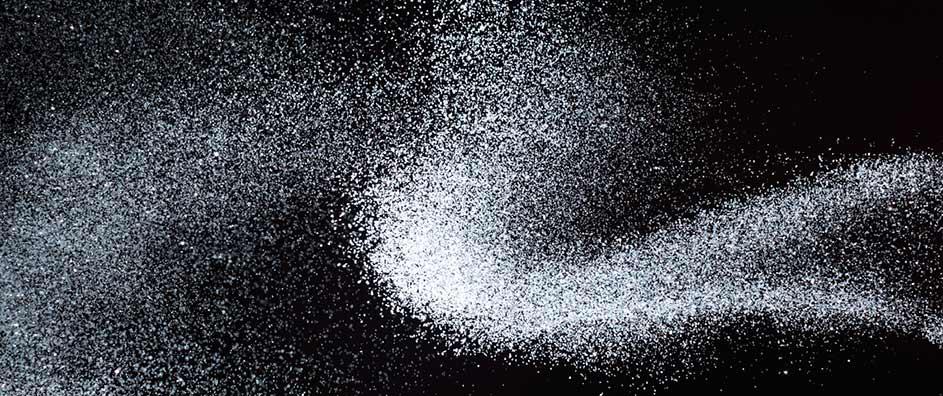In contemplating the intricacies of existence, one might ponder: if we are indeed stardust, what implications does this have for our identity and interconnectedness? The Bahá’í teachings provide a profound lens through which to explore this cosmic connection, emphasizing the intricate relationship between humanity and the universe. The notion that we are composed of “billion-year-old carbon” is not merely poetic; it serves as a foundational principle revealing the unity and interdependence of all life.
At the heart of Bahá’í beliefs is the concept of the oneness of humanity. This idea posits that regardless of differences in culture, race, or religion, all individuals share a common ancestry traceable to the same cosmic origins. This is further illuminated by the understanding of material existence. The elements that compose our physical bodies were once part of stars that exploded billions of years ago, disseminating the very building blocks of life throughout the cosmos. Recognizing this shared heritage can invoke a sense of humility and reverence for the universe and our place within it.
To grasp the significance of “We Are Stardust,” we must delve into the scientific underpinnings of this claim. Carbon, the essential element of life as we know it, was forged in the nuclear furnaces of stars. When these celestial bodies reached the end of their life cycles, they expelled their enriched materials into the universe, eventually coalescing into new stars, planets, and ultimately, life forms. This cosmic cycle embodies the Bahá’í concept of the continual evolution of the soul and the universe: everything is in a state of transformation, governed by spiritual laws that parallel physical realities.
The implications of such an interconnected heritage prompt a critical inquiry into our ethical responsibilities. If we are indeed stardust, we must recognize the sanctity of every element and being within this vast universe. This awareness can inspire an environmental ethic that respects not only our immediate surroundings but the broader cosmic community. The reframing of ecological concerns through the lens of interconnectedness urges individuals to act not in isolation but as part of a larger whole, fostering collective responsibility for the Earth’s future.
Moreover, the idea that our atoms have traveled through eons of time and across the vast expanse of space to come together as sentient beings brings a sense of wonder and existential reflection. It compels us to question our purpose: What can we learn from our origins? How does the knowledge that we are composed of elements formed in stars alter our understanding of life and death? This existential curiosity can catalyze transformative journeys, propelling individuals toward lives of greater meaning and fulfillment.
Yet, with this awareness comes a challenge: how do we reconcile our individuality with our collective identity? In a world that often emphasizes personal achievement and separation, the Bahá’í teachings invite us to transcend such paradigms. The notion of unity emphasizes that while our individual identities are important, they must not eclipse the recognition of our shared essence. This calls for a radical reorientation of our priorities—valuing collaboration and understanding over competition and division.
Furthermore, embracing the stardust narrative enriches our spiritual understanding. In Bahá’í thought, evolution is not just a physical phenomenon; it is also a spiritual process. The universe progresses not merely through physicality but through the evolution of the soul. This perspective highlights a duality where the material and spiritual realms are intertwined, proposing that every material element is a reflection of a deeper spiritual truth. Understanding ourselves as stardust helps bridge the gaps between the tangible and intangible, leading to the recognition of our spiritual heritage.
Acknowledging our cosmic origins has profound implications for global peace and fellowship. The Bahá’í teachings advocate for the elimination of prejudice, the promotion of equality, and the cultivation of compassion—principles that gain weight when viewed through the lens of our universal kinship. If we recognize that our very atoms resonate the rhythms of stars long gone, we may be inspired to advocate for the interconnectedness of all peoples, fostering global collaboration in tackling the world’s most pressing issues.
Moreover, in an age characterized by rapid technological advancement and globalization, the challenge becomes even greater. As societies navigate the complexities of modern life, the ability to foster genuine connections becomes paramount. The Bahá’í perspective on unity amidst diversity encourages individuals to forge relationships that transcend superficial differences, cultivating empathy and understanding. It posits that the recognition of our shared cosmic lineage can be a unifying force in a divided world.
In conclusion, reflecting on the notion that we are stardust imbued with the essence of runic histories offers profound insights into our existence. This understanding—intertwined with the teachings of the Bahá’í Faith—serves not only as a narrative of our origins but as a clarion call to action. As inhabitants of this universe, we must embrace the duality of our nature: both individual and collective. In recognizing our shared ancestry, we can transcend the limitations of our divisions, nurturing a peaceful coexistence that honors the sacredness of all life.
The playful yet profound question of what it means to be stardust invites us to explore our identities and responsibilities, ultimately leading to a richer understanding of our place in the cosmos. It challenges us to act with purpose and kindness, ensuring that our journey through existence echoes the magnificent narrative of the stars from which we trace our very being.
